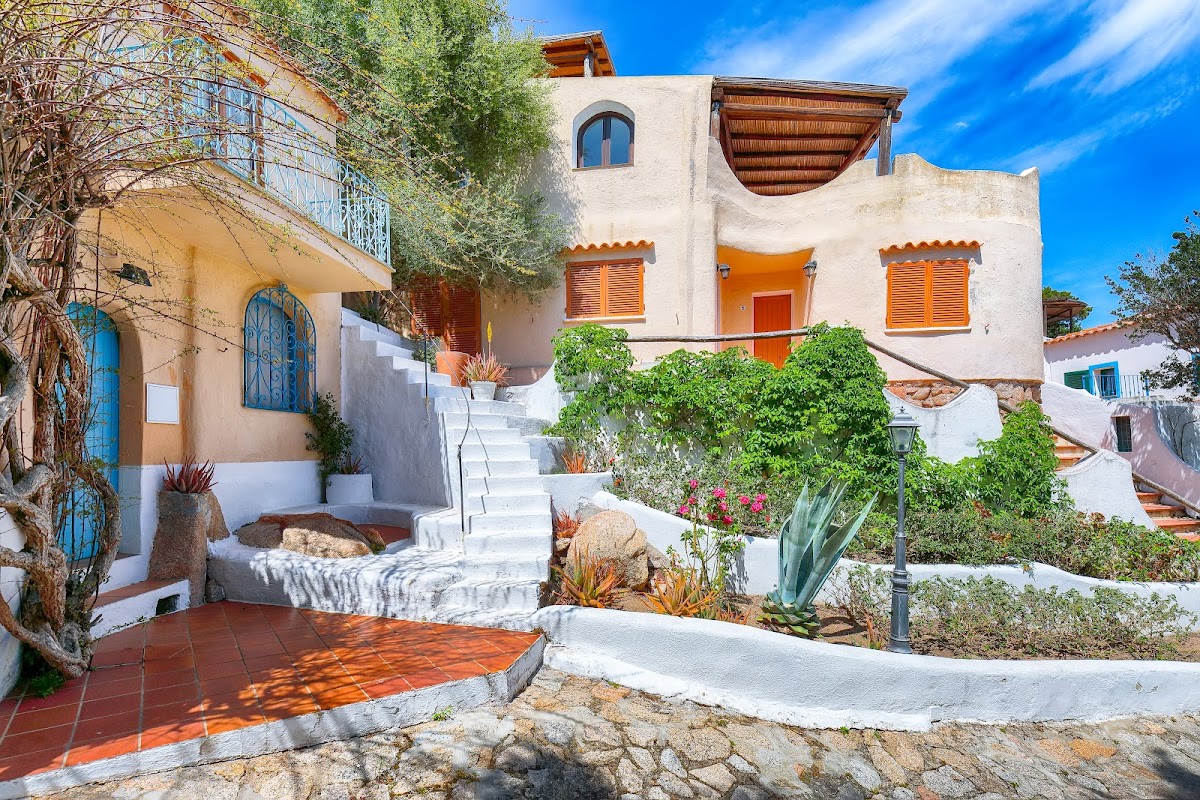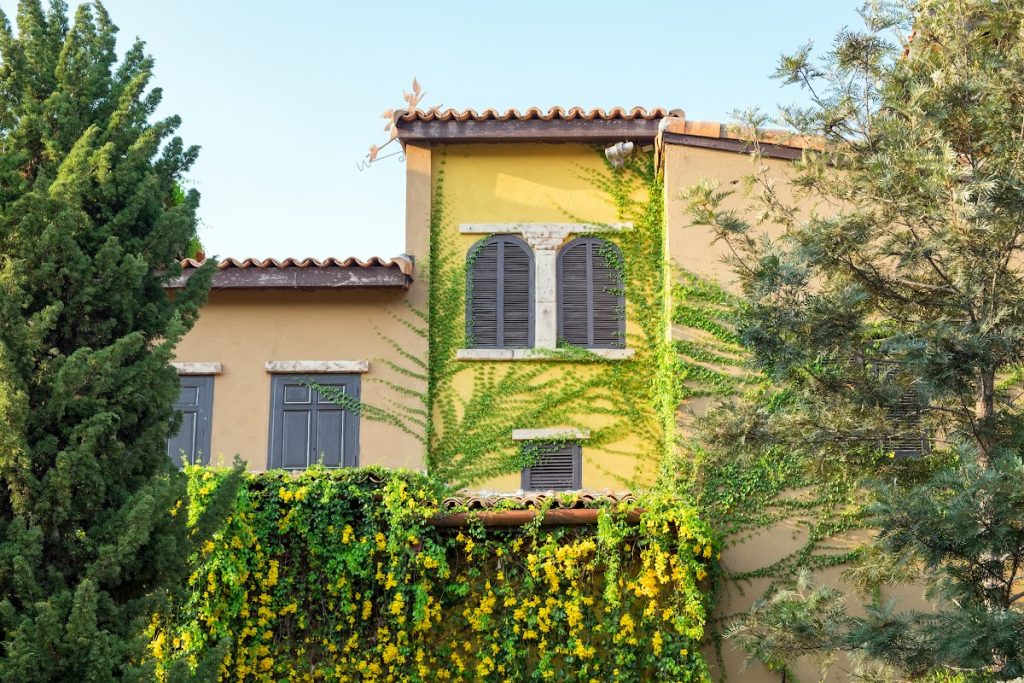There’s something undeniably charming about Mediterranean-style homes, the kind of spaces that make you feel like you’re on a coastal getaway, even if you’re just relaxing in your living room. With their warm colors, textured walls, terracotta roofs, and breezy indoor-outdoor flow, these homes are all about comfort, character, and connection to nature.
If you’ve ever dreamed of living in a space that feels both elegant and relaxed, timeless yet grounded, the Mediterranean style might just be the perfect fit. If you’re starting from the ground up or giving your current home a design refresh, the beauty of this style lies in the details — and knowing how to bring them together in a way that feels authentic.
 1. Start With The Architecture
1. Start With The Architecture
Mediterranean-style homes are inspired by the coastal regions of Spain, Italy, and Greece. They typically feature:
- Stucco exteriors in warm, earthy tones (think beige, sand, ivory, or soft peach)
- Low-pitched clay tile roofs (terracotta is the classic choice)
- Arched doorways and windows
- Wrought iron details, like balconies, railings, and lanterns
Open courtyards or patios that encourage indoor-outdoor livingLine up French doors so prevailing winds sweep through interior spaces, creating natural ventilation and natural cooling long before the air conditioner clicks on.
If you’re building from scratch, integrating these core architectural elements from the beginning will make a big difference. For renovations, consider updating doors and windows with arches or adding stucco and trim details for that signature Mediterranean look.
2. Let The Roof Lead
When it comes to Mediterranean-style design, the roof does more than just cover your home — it sets the tone for everything below it. In fact, the iconic terracotta roof is often the first thing people notice, and for good reason. Its rich, earthy color, gently sloped silhouette, and classic barrel tiles immediately evoke the warmth and charm of coastal Europe.
Look at any Spanish-style cottage, Tuscan farmhouse, or Greek island hideaway, and you will see tile setting the tone. Authentic clay tile roofs, Spanish S-curves, Tuscan barrels, or sleek flat profiles for a modern Mediterranean look, store heat daily and release it after sunset, smoothing temperature swings without electricity.
Specify a slope of at least 4:12, a high-temperature membrane, and ventilated battens so the roof can breathe. One bold sweep of terra-cotta instantly signals “Mediterranean home” and delivers decades of weather defense.
Even if a full tile roof isn’t in the cards, you can still take cues from Mediterranean roofing in smaller ways. Consider adding a tiled awning over windows or doors, using faux tiles as a decorative edge detail, or playing with earthy roof tones that harmonize with stucco walls and natural landscaping.
The key idea here? Let the roof lead your design direction — in material, color, and shape. It not only adds instant character, but also creates a visual statement.
3. Build Walls That Breathe
Mediterranean homes are known for their warmth and texture — and a big part of that comes from the walls. In this design style, walls aren’t just barriers; they’re part of the atmosphere. They’re meant to feel lived-in, organic, and connected to the natural environment.
Traditional builders used lime-rich plaster because it could absorb vapor and expel it before mold formed. They kept pigments light (crisp white, sand, or sun-baked ochre) to reflect fierce sunshine and brighten shaded courts.
In cold regions, add insulation inside the cavity, but finish the outside with vapor-open stucco so the walls continue breathing. Indoors, a thin coat of clay plaster calms echoes and brings handmade texture to Mediterranean interiors, proving that comfort can ride on ancient chemistry.
When building or renovating, consider these wall elements:
- Textured finishes like hand-troweled plaster or limewash
- Earthy tones such as sand, clay, warm white, or soft greys
- Natural stone accents around doorways, fireplaces, or exterior corners
- Arched niches for shelving or decor — a subtle but striking Mediterranean detail
If you’re not ready to redo all your walls, you can still bring in the vibe by adding texture with paint techniques, wall hangings made from natural fibers, or even reclaimed wood paneling.
The idea is to move away from sleek and sterile, and lean into something that feels honest, imperfect, and beautifully aged, just like the homes that inspired it.
4. Plan For Indoor – Outdoor Flow
Life along the Mediterranean Sea dissolves the line between inside and out, and today’s contemporary lifestyles crave the same. U or L-shaped Mediterranean house plans wrap a sheltered court that becomes a private outdoor living space for breakfast, homework, or late-night guitar.
A true Mediterranean home blurs the line between indoors and out. Patios, courtyards, balconies, and gardens are an extension of your living space.
- Use large windows or French doors to bring in natural light
- Add covered verandas with climbing vines for pergolas
- Include cozy outdoor seating with weatherproof cushions and lanterns
- Incorporate water features like a small fountain or tiled basin
The living room is on one wing, the kitchen on the second, and bedrooms on the third, all opening through arched doorways or arched windows. The resulting house floor pattern offers unbroken sight lines prized in modern sensibilities while honouring traditional Mediterranean precedent.
5. Use Natural Materials and Textures
A Mediterranean-style house celebrates authenticity.
- Floors: Terracotta tiles, natural stone, or wide-plank wood
- Walls: Textured plaster, limewash, or exposed stone
- Details: Wrought iron railings, handmade tiles, and carved wood doors
Try mixing textures. A smooth plaster wall against rustic wood or hammered metal can bring depth and warmth to a room.
Pair terra cotta with radiant heat in chilly states, and you gain a quiet, luxury home finish free of visible hardware. Skip synthetic siding or plastic pergolas, nothing ages faster than fake.
6. Embrace Earthy, Sun-Washed Colors
Color plays a quiet but powerful role in Mediterranean architecture.
One of the most instantly recognizable features of Mediterranean-style homes is the color palette — soft, warm, and effortlessly inviting.
Inspired by the natural landscapes of Southern Europe, the Mediterranean color scheme pulls directly from what you’d see walking through a seaside village or hillside vineyard: sunbaked stone, terracotta pots, olive trees, ocean blues, and golden sunsets.
7. The Essential Mediterranean Kit
Think of this as your starter pack — a collection of timeless materials, textures, and details that instantly capture the spirit of coastal living.
Architectural Elements
- Arched doorways and windows
- Clay or terracotta roof tiles
- Stucco or lime washed walls
- Exposed wood ceiling beams
Color Palette
- Warm whites, creams, and beiges
- Terracotta, ochre, and rust
- Olive green and sage
Materials
- Natural stone and aged wood
- Wrought iron (for light fixtures, railings, and accents)
- Ceramic or hand-painted tiles
- Linen, cotton, and jute for textiles
Décor & Styling
- Potted olive trees or herbs (think rosemary, lavender, basil)
- Mosaic tabletops or tiled backsplashes
- Woven baskets and pottery
- Low-profile furniture with curved edges and soft fabrics
- Lanterns, candlesticks, and ambient lighting
Outdoor Touches
- Shaded patio or courtyard with comfy seating
- Pergolas or trellises with climbing vines
- Water features (a fountain or tiled basin)
- Terracotta planters and Mediterranean flora
You don’t have to use everything at once. Start with a few key pieces or areas (maybe it’s your entryway, kitchen, or outdoor nook) and build from there.
Sustainable Upgrades For Modern Mediterranean Living
The strongest Mediterranean style homes honor ancient principles yet embrace twenty-first-century performance. Start with a passive-solar floor plan: orient the most prolonged elevation south to harvest winter sunshine, and slide pergolas or retractable awnings over summer windows for adjustable shade.
High-performance glazing paired with deep overhangs mimics traditional shutters while meeting modern energy codes. Behind the stucco exterior, install continuous mineral-wool insulation; it breathes like lime plaster, resists mold in warm climates, and improves fire safety. Photovoltaic panels can rest discreetly on the upper roof plane, their dark modules blending into barrel tile roofs for a low-profile contemporary Mediterranean statement.
Capture rainwater in buried cisterns and send it to a water-wise courtyard garden of rosemary, lavender, and sage, plants long favored in countries bordering the Mediterranean Sea. Indoors, combine hydronic radiant tubes with terracotta floors and ventilate through an energy-recovery unit that swaps stale air for fresh breezes while preserving temperature.
Finish with an induction cooktop and a heat-pump dryer to eliminate combustion indoors year-round, completing a sustainable dream home that respects classic Mediterranean architecture.=
 Choose The Right Team
Choose The Right Team
The gap between an ordinary remodel and a grand estate often comes from craftsmanship. When you find a Mediterranean builder, look for crews fluent in tile setting, hand-troweled stucco, and structural arches.
At Verea Clay Tile, we’ve spent decades helping homeowners, builders, and architects bring timeless Mediterranean roofs to life. Based in Spain with distribution throughout the U.S. and internationally, we manufacture authentic clay roof tiles that are crafted using natural materials, advanced technology, and centuries-old techniques.
If you’re considering building a Spanish villa in California or a Tuscan-inspired home in Texas, our products and services are designed to help you achieve a lasting, beautiful finish.
- Barrel (S-curved or mission-style) and flat interlocking profiles
- Natural and blended color options (e.g., Terracotta, Weathered, Barcelona Blend)
- High-performance finish with low water absorption and high durability
- Weather- and fade-resistant for long-term beauty
We provide technical support & guidance for
- Free estimates and project consultations
- CAD drawings, tile samples, and installation specs
- Guidance on architectural compatibility and roof structure
- Support for new builds, remodels, and restorations
How to Work With Us
Browse our full selection of premium clay roof tiles at www.vereaclaytile.com
Email: info@vereaclaytile.com
Phone: +1 (305) 200-5570
You’ll find detailed specs, inspiration galleries, and everything here.
Build thoughtfully, and your home will feel forever linked to the blue horizon that has inspired builders around the countries bordering the Mediterranean Sea for thousands of years.


 1. Start With The Architecture
1. Start With The Architecture Choose The Right Team
Choose The Right Team